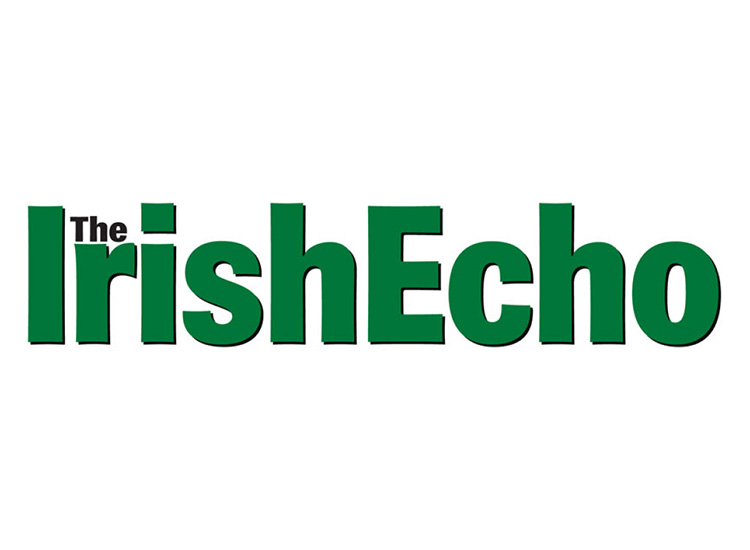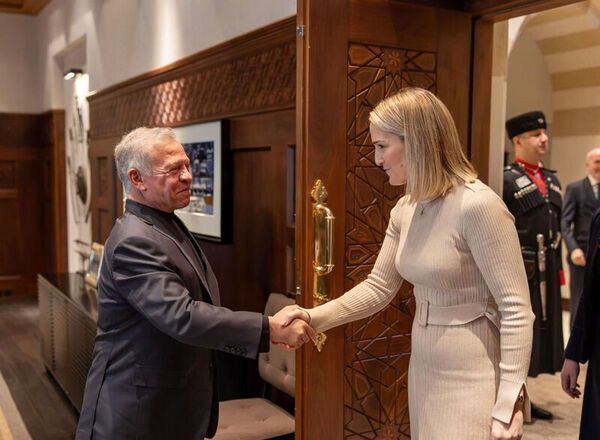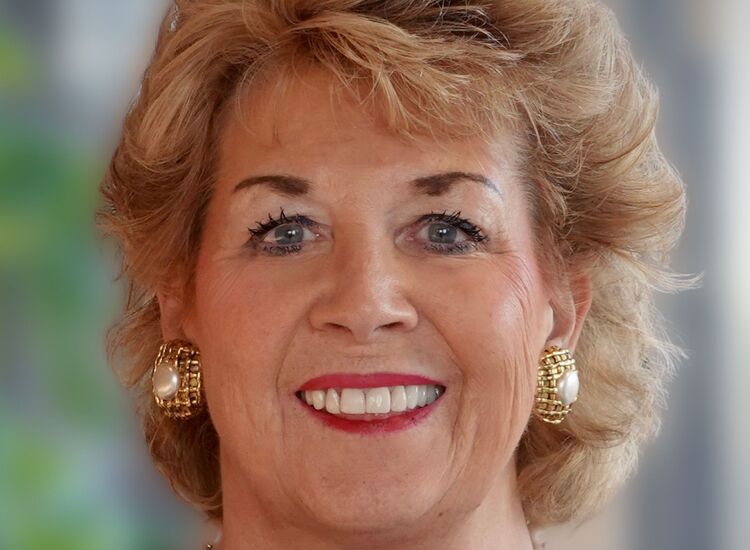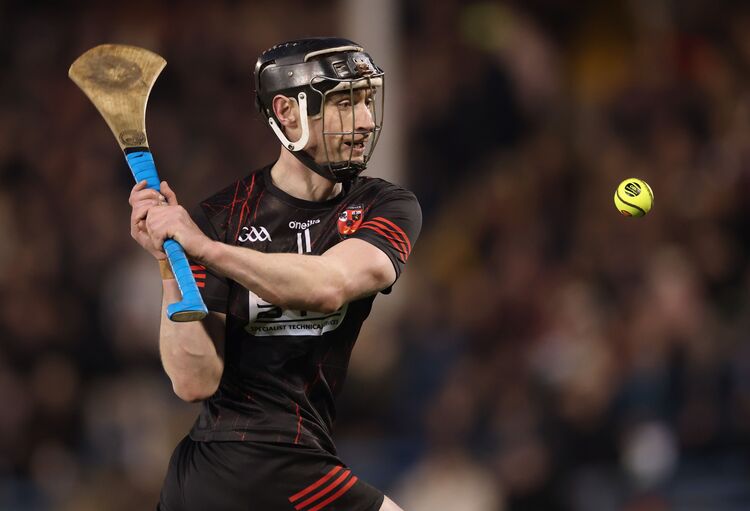Daithí Ó Dronaí is known simply as Daithí in Ireland.
By Colleen Taylor
Lately it feels nigh impossible to stay in rhythm with the rapid pace of the Irish music scene. Every time I get wind of the radio waves across the pond, there’s a new band, a new hit single, or even a new genre emerging. Although Irish musical culture will never, ever lose its traditional folk character, the music of Isle increasingly comes across as something very different: cutting edge. My latest interest is dance music producer/traditional fiddler hybrid Daithí Ó Dronaí, simply known in Ireland as “Daithí.” This young musician from Galway defines his genre as “Indie traditional electro rock looped with a twist.” See what I mean when I say cutting edge?
The duet partner to Daithí’s Irish fiddle is an electric soundboard. If Eileen Ivers is the Irish Jimi Hendrix, then Daithí is the Irish David Guetta. He plays his fiddle with headphones on and the bright neon colors of an intricate electronic ensemble of machines before him. He moves seamlessly from reel to synth, bow to button. It’s something you have to see to believe. Youtube videos show his flare for funking up the fiddle. Sometimes he plays it like a guitar, other times traditionally, all the while keeping in sync with his synthesizer. If anything else, Daithí is a bold innovator—a young man who is unafraid to bring the fiddle into the future.
Daithí’s West of Ireland roots are absolutely central to the character of the music he makes. Personally, I’m not always partial to electro dance music, but Daithí completely won me over with “Mary Keane’s Introduction.” In this track, Daithí blends his the reverbed melody of his soundboard with the words of his ninety-year-old grandmother, who still lives in a thatched cottage in the town of Ballyvaughan, County Clare. It sounds like a cross-over nightmare waiting to happen, but in fact, it’s the exact opposite. Daithí combines the character and affection of his grandmother’s voice and history with his own character as a dance music producer. The song fuses oral history and futuristic music into a cohesive sound that is nothing short of stunning. He brings a romance and elegance to electro music that I haven’t heard before. “Mary Keane’s Introduction” is visionary artwork.
The musician’s latest EP, “Tribes,” explores the love and inspiration he finds in the West of Ireland, in the culture and landscape of his ancestral legacy. In idiosyncratic paradox, Daithí somehow accesses the organic, natural scenery of the West through a boxed-in studio surrounded by musical machines. His music is the electronic sublime—perhaps the first of its kind. “Tribes” marks a new era for Daithí, and maybe even a new era for Irish culture and music. It demonstrates that folklore and contemporary music are not necessarily mutually exclusive. What a relief for those of us striving to preserve and tradition history in an increasingly smart-Phone obsessed present.
One track off the EP, “Love On Top,” recorded with Irish singer-songwriter Sinead White, is currently garnering excitement in Ireland. The fiddler already has a sizeable following, which grew even more this past year at the big music festivals like Electric Picnic and Body + Soul. Signs foreshadow, however, that “Love On Top” may be the next step up for Daithí. He is now getting plays from the BBC Radio, and the Irish Times predicts “Love On Top” may become a transatlantic hit. I certainly hope that’s the case, especially if Daithí continues to musically traverse the inspiration of Irish oral history through the cutting edge partnership of fiddle and soundboard.








